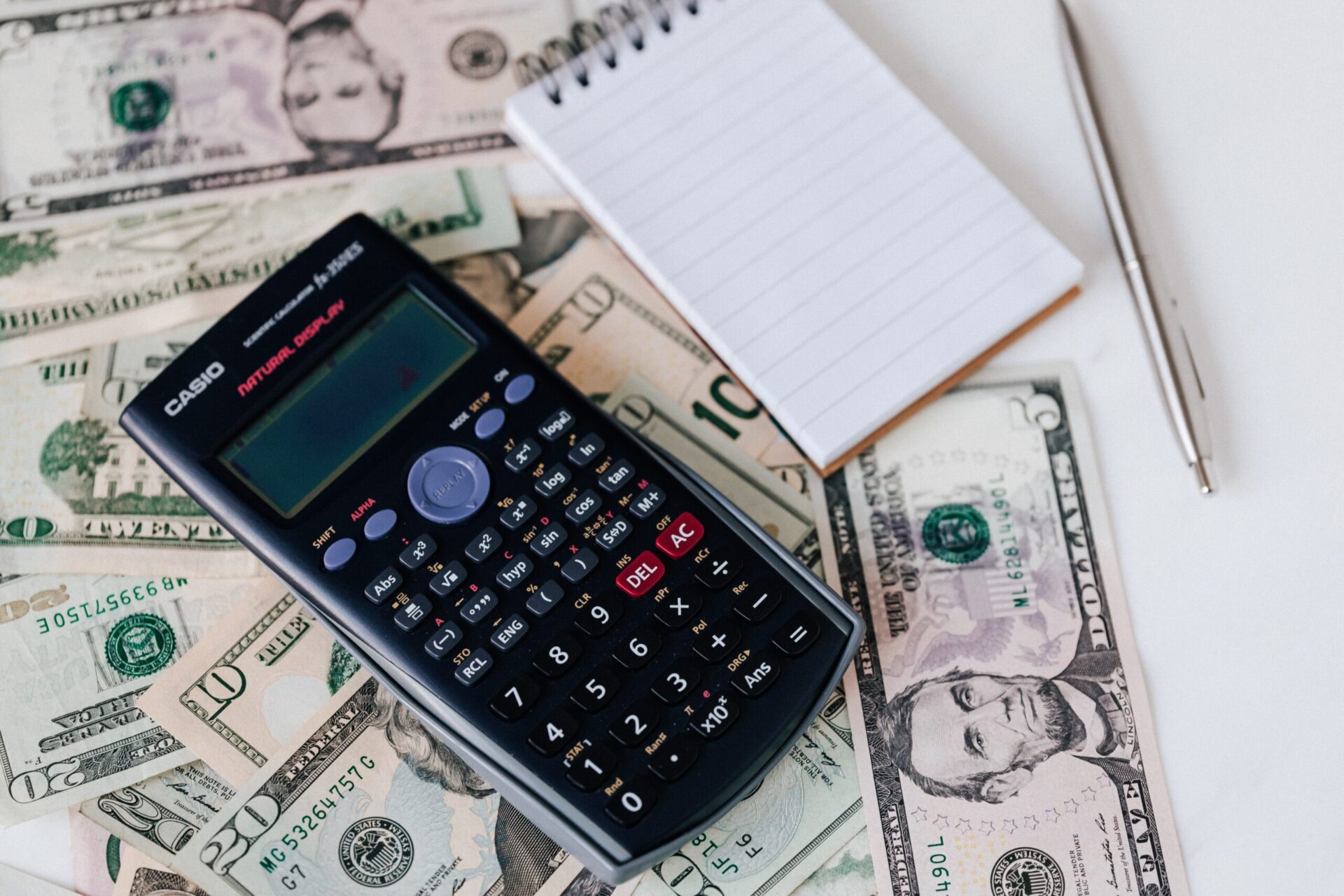A stamp can be a valuable addition to a collection, or it can be used to mail a letter. Whatever the reason for owning a stamp, it’s important to know how to value it. The value of a stamp depends on a variety of factors, including its rarity and condition.
What Can Affect A Stamp’s Value?
- Centring
- Gum
- Centring
- Margins
- Perforations
- Marginal details
- Faults (torn or creased)
- Re-perforation or repair
- Colouration
- Cancellations
Resources for valuing stamp collection
There are several resources that collectors can use to determine the value of their stamps, including online databases and price guides.
The Scott Catalogue, which is published by Scott Publishing Company, is one resource used to work out a stamp’s value. The catalogue assigns a numerical value to each stamp and also includes a description of the stamp.
Another resource for finding a stamp’s value is the Stanley Gibbons Stamp Catalogue. This catalogue assigns values to stamps based on their rarity.
What Determines the Value of a Stamp?
The value of a stamp is not simply the price at which it was purchased. It is also affected by its rarity, condition, and age. To get an accurate estimate of a stamp’s value, it is best to consult a professional.
Many factors go into determining the value of a stamp. The most important consideration is the stamp’s rarity. A rare stamp will be more valuable than one that is common.
Check when the stamp was issued
When you identify your stamp (you can use our how to identify a stamp guide) check the year that the stamp was issued. An older stamp is much more likely to be more valuable compared to a newer stamp. It also may be worth checking whether the stamp was a specially released for an event and if that has the potential to increase the value.
Consider the perforation
Due to their fragility, the perforations of a stamp are easy to get damaged for a multitude of reasons. The more the perforation is damaged or torn away, the less valuable the stamp is likely to become.
Condition is also crucial. A stamp in poor condition will be worth much less than one in excellent condition.
Age is another factor that affects a stamp’s value. The older a stamp is, the more valuable it usually becomes.
There are many brilliant websites available to help you ascertain the value of your stamps. The Philatelic Foundation and the American Philatelic Society are also both good places to start.
There is no one definitive answer to the question of how to find the value of a stamp collection. However, there are some general things that can be done to get an idea of what a collection is worth.
Finding the Value of a Stamp Yourself
It is important to get an idea of the market value for stamps to get a good estimate for the value of a collection. There are a number of catalogues and guides available online and in print that can help with this. Ultimately, getting an accurate valuation for a stamp collection can be tricky, but by using these general guidelines, it can be done.
Grading a Stamp
Philatelic grading is the process of assessing the condition of a postage stamp to place it in a particular category. This can be done by a professional philatelist or by using a standardized system, such as the Scott Catalogue. The condition of a stamp can affect its value, so it is important to grade stamps accurately.
Stamp Grading
- (S) — “Superb”: The stamp is perfectly centered.
- (XF) — “Extra Fine”: The stamp may be put flush left to right, but the top and bottom of the stamp are somewhat off center.
- (VF) — “Very Fine”: The stamp is well pressed against the top and bottom contours, but the sides are slightly skewed.
- (F-VF) — “Fine-Very Fine”: A slightly off-kilter stamp can be described as fine-very fine.
- (F) — “Fine”: A Fine stamp is noticeably off center. The design’s frame may even touch the perforation holes.
- Average (A) — “Average:” If the perforation patterns in the stamp’s design compromise the appearance, it is termed as an Average stamp.

33 year old casual stamp collector from the UK!
